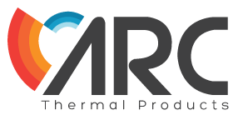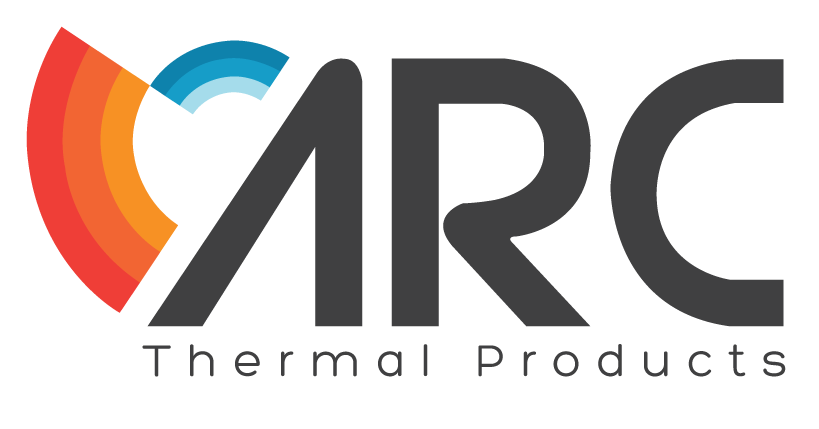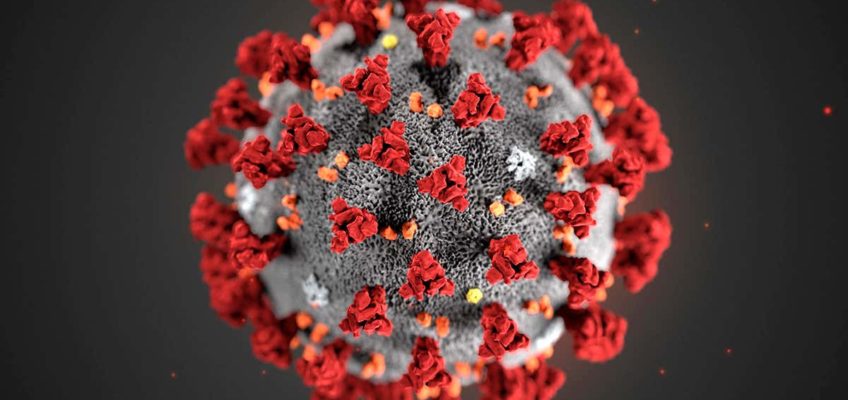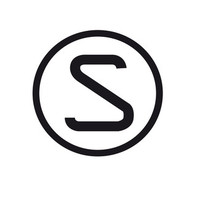COVID-19 is thought to spread mainly through close contact from person-to-person. However, there is growing evidence that this virus can remain airborne for longer times and further distances than originally thought. Following pressure from hundreds of scientists and engineers, the World Health Organisation (WHO) now acknowledges that aerosol transmission (particles suspended in the air) cannot be ruled out.

The large respiratory droplets we produce when we breathe, talk, cough or sneeze fall to the ground (or surfaces) quickly. However, coronavirus can also spread by the much smaller aerosol particles we produce during exhalatory activities, such as when we cough or sing and these can remain suspended in the air for hours and travel up to four metres.
With winter approaching, convection based heating systems which rely on the movement of air to heat spaces have the potential to facilitate the spread of the virus. Indoors, people are less likely to practice social distancing which means in offices, retail stores, restaurants, schools, village halls and other public buildings with convection heating systems the chance of the virus spreading increases.
HVAC (heating, ventilation and air conditioning) systems create air currents more likely to carry larger viral particles even further. If used on the recirculate setting, these systems have the potential to keep dispersing the aerosols through the unit over and over.
According to Chinese health officials, that is how 10 people from three families eating in a restaurant in Guangzhou, China became infected earlier this year.

Precautions to reduce the airborne transmission of COVID-19 in closed environments include increasing ventilation with outdoor air and reducing air circulation. These measures are part of a larger strategy that also includes social distancing, wearing face masks, surface cleaning, hand washing and other precautions.
How do you increase building ventilation without losing the heat?
Guidance from the WHO recommends that workplaces are well ventilated with fresh outside air to reduce the risk of airborne transmission of COVID-19. In buildings without mechanical ventilation systems, this guidance recommends opening windows wherever possible. Note that stratification fans do not help with ventilation. They recirculate air but they do not remove it.

Unfortunately, opening windows even for 10 mins in every hour to introduce fresh outside air into the room presents a problem when it comes to convection heating systems. The warm air produced by convector heaters will quickly escape through the open windows leaving the occupants and the room cold. This leads to higher energy consumption/running costs as the convector heaters have to run continuously to replace the lost warm air.
The only viable option to keep people and the room warm in this situation is to use infrared heating. This technology produces an electromagnetic wave that directly warms people and objects instead of heating the air. The infrared rays are absorbed by the skin, immediately creating a pleasant feeling. Walls and furniture also serve as a storage medium and gradually give off heat to the room, thus the energy produced by an infrared heater is retained within the thermal mass of the room and not lost through the open windows.
A study by Bedford and Liese also demonstrated that people directly warmed with infrared heating feel 2-3 degrees warmer than the actual room temperature, a fact which helps to compensate for the lower room temperature from having the windows open.
How do you reduce air circulation in large rooms?
Convection heaters work by heating the air which circulates around the room either by convection or mechanical means so warming the surroundings. This movement of air facilitates the spread of aerosol and dust particles and allergens.
In contrast, infrared heating transfers energy by means of electromagnetic waves which travel inertly through air generating heat only when they strike an object. In effect, all surfaces in the room become radiant heaters thereby creating an evenly distributed temperature throughout the space preventing convection currents from forming.
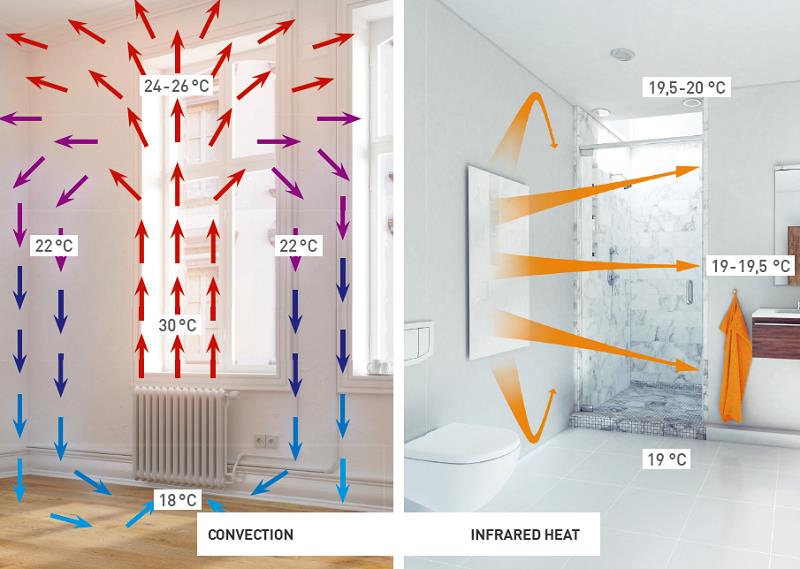
Studies by the Hermann Rietschel Institute for Heating and Ventilation Technology at the Technical University of Berlin demonstrated that infrared heating does not cause air movement like convectional heating systems.
Please contact Andrew on 01923 889481 or email andrew@arc-ers.co.uk for further advice and assistance on how to replace your convection heating with a more healthy, comfortable, energy efficient and maintenance-free infrared heating system.
